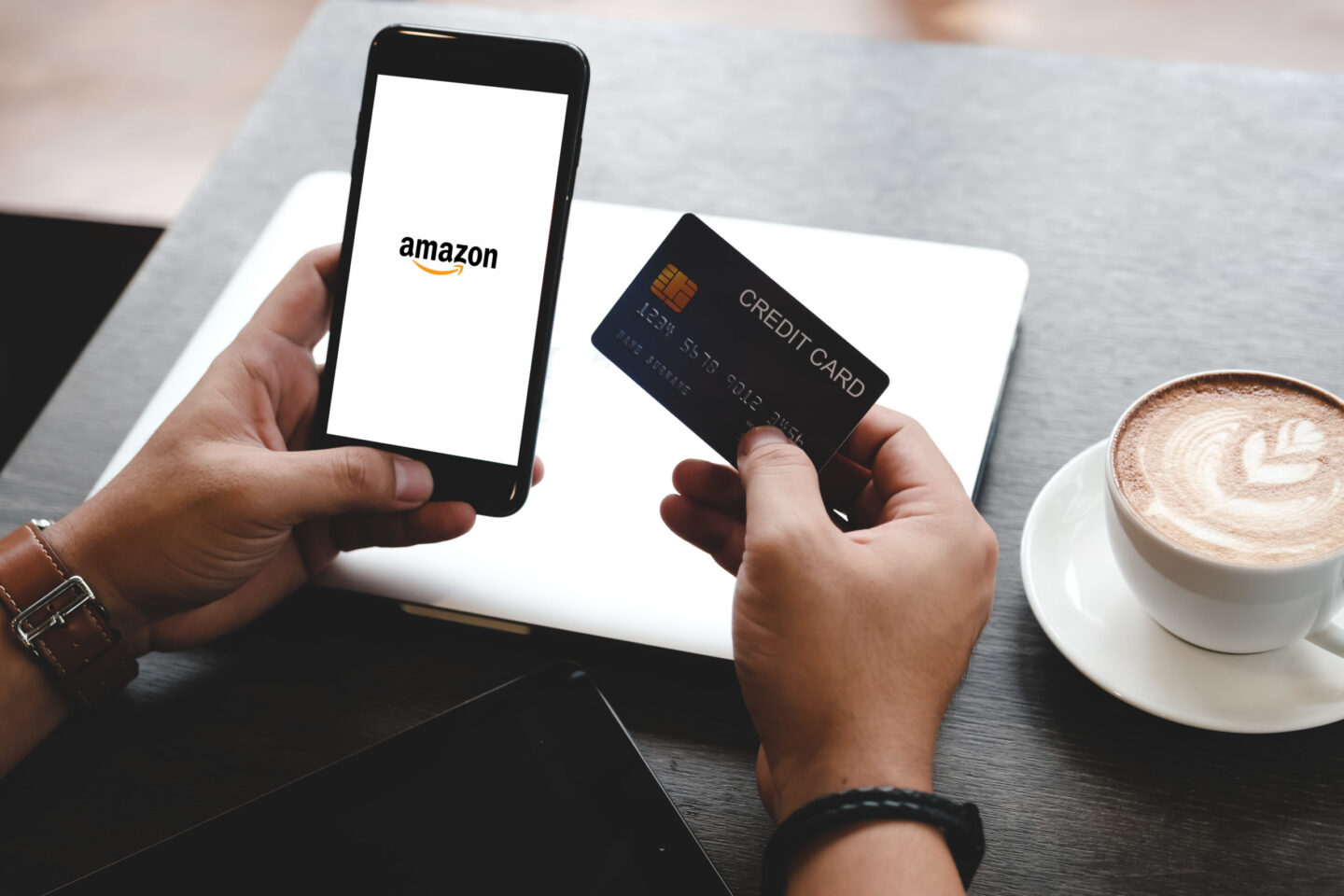How Prime Day Can Benefit You Outside of Amazon

With over 60% of shoppers gearing up to do the bulk of their holiday shopping online this year, ecommerce marketplaces such as Target and Walmart are taking advantage of the opportunity to directly compete with Amazon.
Whatever they’re calling their shopping holidays, the Big Three are all gearing up to kick off the holiday season early, so both sellers and consumers alike need be prepared for the following dates:
Given the fact that Prime Days have historically produced impressive numbers, we know that this season is primed (pun intended) for even more growth, but what does this mean for sellers?
Spoiler: You need to diversify your channels for success.
Now let’s get into why.
Whether you are participating in any specific deals or not, sellers often experience an uptick in performance simply due to the increase in traffic, awareness, and consumer habits during Prime Day.
We’ll call it the “Prime Day Effect”.
This doesn’t only occur on Amazon. Let’s take a look at the impact Prime Day has had on major online retailers last year.

Source: eMarketer
Prime Day has historically brought increased performance to key online retailers (see above: Walmart +42%, Target +18%), which is why they are aiming to not only take advantage of the added relevance but exponentially fuel performance by also participating in their own aggressive deals.
Consumers understand this and, let’s be real, they are often just looking for the best deal. In holidays past, many consumers had to physically travel from one store to another to take advantage of deals during peak holiday shopping. Now, shoppers simply need to open a new tab in their browser (and frankly, with retargeting, you might not even need that).
Sellers need to understand this and capture the demand wherever that may be—whether it’s Amazon or another marketplace site that could have advantages Amazon does not.
Amazon has over 1.2MM US 3P sellers all competing for the consumers’ cash, and there can only be one Buy Box winner.
Target lands in the hundreds of 3P sellers but saw digital sales grow by over 100% YoY last quarter.
Sellers today have an opportunity to diversify and get a wider assortment of products visible on other platforms that are far less competitive from a seller standpoint and drive huge volumes of consumer demand.
Have assortment sitting on the sidelines?
Emerging marketplaces often have more flexibility with assortment approvals and category, brand, or item restrictions. Get those products into the hands of consumers by listing across multiple marketplaces and sales channels.
Not only that, but their ability to leverage their thriving loyalty programs (Walmart+ & Target Circle) gives sellers a pre-established customer funnel that can be fueled with buyer-specific deals and promotional incentives. Again, getting your products visible to new audiences who are at all levels of the purchase funnel.
Remember the famous “dogs of Amazon” downtime?
While we’d hate to see that happen, remember that any downtime for Amazon during Prime Day can lead to uptime for other retailers.
Tying together a rapidly growing ecommerce solution with a dominant physical retail presence truly sets Walmart and Target up for success.
With Walmart operating over 4,700+ stores in the US and Target not too far behind with 1900+, these stores add a huge differentiating factor in that they can be leveraged for BOPIS (Buy Online Pick Up In-Store), ship from store, in-store shopping, and a returns/customer service center. Amazon can fill in some of these needs in select locations but, to be honest, they aren’t quite there yet.
This is a major win, not only because people want multiple fulfillment options to meet their needs, but people want to get out and feel like there is at least some semblance of the ‘holiday experience’, even if that means just a quick drive-by or browsing session.
Walmart and Target know they have a leg up here and they are using it to their advantage, and even making major physical changes to their stores to support this. Again, with a differentiating factor like this, the demand will be there and so should you.
No one knows how this holiday season will pan out, but one thing is for sure, there will be an exorbitant amount of holiday ecommerce demand this year.
Retailers are looking to make up for lost sales and, with over 80% of shoppers saying they’ll spend the same if not more this year, consumers need to let out some of that pent-up buyer demand.
Amidst all the uncertainty, one thing is for sure—the most successful sellers this season will open up to channel diversification.
